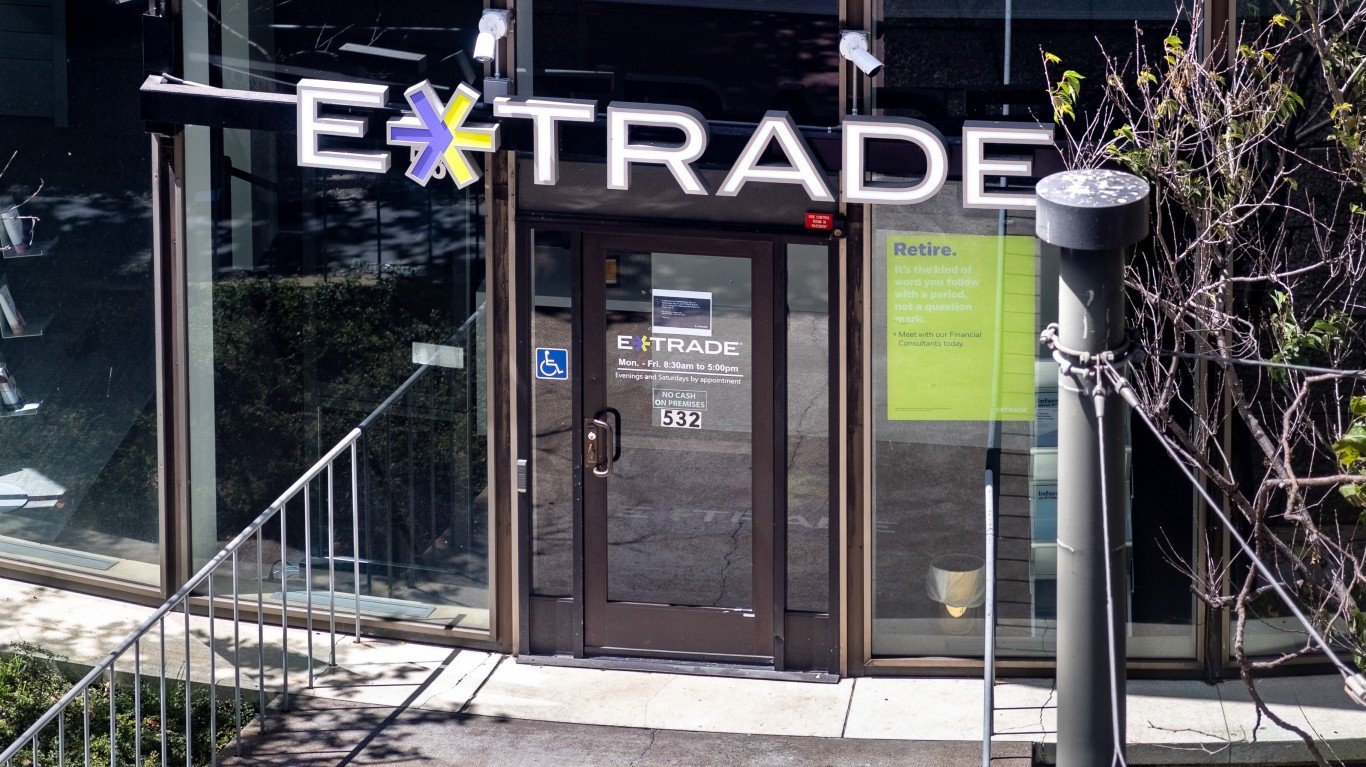

The number of unbanked and underbanked people in America has continued to shrink in America. A fresh report covering 2017 banking trends (and hopefully things have continued to improve considering the recent strength of 2018) from the Federal Deposit Insurance Corporation (FDIC) has assessed the inclusiveness of the U.S. banking system.
The 2017 survey indicated that 6.5% of U.S. households were considered to be “unbanked” in 2017, representing about 8.4 million households.
The FDIC report also indicated that an additional 18.7% of U.S. households were “underbanked” in 2017, representing about 24.2 million households. In an underbanked household, this means household had a checking or savings account but also obtained financial products and services outside of the banking system.
While other metrics are considered, this includes households’ use of prepaid cards, use of alternative financial services, saving for unexpected expenses or emergencies, use of credit, and more. The FDIC has conducted the survey every two years since 2009, and the most recent survey was administered in June 2017. While the underbanked may choose to be in that category outside of FDIC deposit-backed institutions, the FDIC’s survey showed just how much the unbanked population has shrunk since the recession:
- 7.6 million households unbanked in 2009;
- 8.2 million households unbanked in 2011;
- 7.7 million households unbanked in 2013;
- 7.0 million households unbanked in 2015;
- and 6.5 million households unbanked in 2017.
According to the FDIC study:
Approximately 8.4 million U.S. households, made up of 14.1 million adults and 6.4 million children, were unbanked in 2017. … The decline in the unbanked rate from 2015 to 2017 can be explained almost entirely by changes in household characteristics across survey years, particularly improvements in the socioeconomic circumstances of U.S. households.
And the fully banked household data was shown as follows:
Almost 70 percent (68.4 percent) of U.S. households were “fully banked” in 2017, meaning that the household had a bank account and did not use AFS in the past 12 months. The fully banked rate in 2017 was slightly higher than the 2015 estimate (68.0 percent).
The FDIC report further showed that the banking status of U.S. households in 2017 varied considerably across the U.S. population. The unbanked and underbanked rates were higher among lower-income households, less-educated households, younger households, black and Hispanic households, working-age disabled households, and households with volatile income.
See the full report for more detail.
Essential Tips for Investing: Sponsored
A financial advisor can help you understand the advantages and disadvantages of investment properties. Finding a qualified financial advisor doesn’t have to be hard. SmartAsset’s free tool matches you with up to three financial advisors who serve your area, and you can interview your advisor matches at no cost to decide which one is right for you. If you’re ready to find an advisor who can help you achieve your financial goals, get started now.
Investing in real estate can diversify your portfolio. But expanding your horizons may add additional costs. If you’re an investor looking to minimize expenses, consider checking out online brokerages. They often offer low investment fees, helping you maximize your profit.
Thank you for reading! Have some feedback for us?
Contact the 24/7 Wall St. editorial team.



